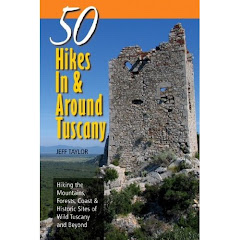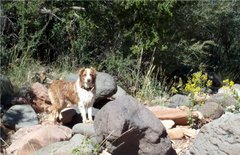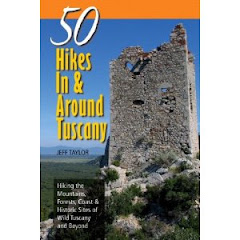Distance: 1.5 miles (2.4 km)
Difficulty: Easy
Elevation: Sea Level to 15 feet (4.5 meters)
Time of Year: December - April
 |
| Fossilized coral |
Windley Key Fossil Reef Geological State Park is located on Windley Key just a few miles west of Key Largo, at mile marker 84.9 of U.S. Highway 1. It is the site of the old quarry where Henry Flagler quarried limestone for the construction of his Overseas Railroad from mainland Florida to Key West in the early 1900's. Exposed in the quarry are beautiful fossilized coral heads from a time during the Pleistocene when sea levels were higher and this site was an active coral reef. You can see brain coral, finger coral, and star coral formations in the exposed rock.
There is a small visitor center which information about how the reef was formed, as well as, how Henry Flagler quarried the site. From the quarry, there are two loop trails that leave for exploring the 30 acres of preserved tropical hardwood hammock forest. This site was at risk for being converted into condominiums in the 1980's, before local residents stepped up to preserve the site.
 |
| Gumbo Limbo Tree |
These hardwood hammocks contain a variety of plant and animal species unique to North America and more representative to the Caribbean and tropical Americas. Representative trees such as Gumbo Limbo, Jamaican dogwood, West Indian mahagony, Pigeon plum, willow bustic, Florida boxwood, wild mastic, poisonwood, and many others are very common. Harder to see are the white-crowned pigeons that live up in the canopy eating fruit. The hardwood hammocks of the Florida Keys are the only place in the United States that this species can be seen. But, they are very secretive, so your best chance may be a brief glimpse of them flying from tree to tree.
 |
| The understory of the tropical hardwood hammock |
The wide trail will take you through the hammock. The understory is more open than the hammocks within the Everglades. In the dry season, mosquitoes should not be all that noticeable. At 0.3 miles, the Sunset Trail heads to the left and descends slightly to the edge of the mangroves along the northern shore of the island. You may see wading birds along here, as well as, the elusive mangrove cuckoo. Returning the main loop, continue on the Hammock Trail as it loops through the forest.
Due to the ability for limestone to drain water so readily, the forest floor contains a number of cactus species including an unidentified tree cactus, prickly pears, and the triangle cactus (Acanthocereus tetragonus), also known by locals as the Dildo cactus or barbed-wire cactus.
After admiring this unique forest ecosystem full of amazing biodiversity, the trail will return you to the main quarry. Here you will see large blocks laid out in the center of the quarry where the coralline shapes are easily visible. Wander along the edge of the quarry to see the innumerable shapes and variety of corals in the rocks. But, just be aware of your head, as poisonwood leaves overhang spots along the site.
This is a quick place to stretch your legs and experience some fascinating history and even more amazing ecological diversity on the long journey to Key West from Miami. So, make a stop here, as these types of tropical hardwood hammocks are quickly disappearing from South Florida due to the constant progression of development.













